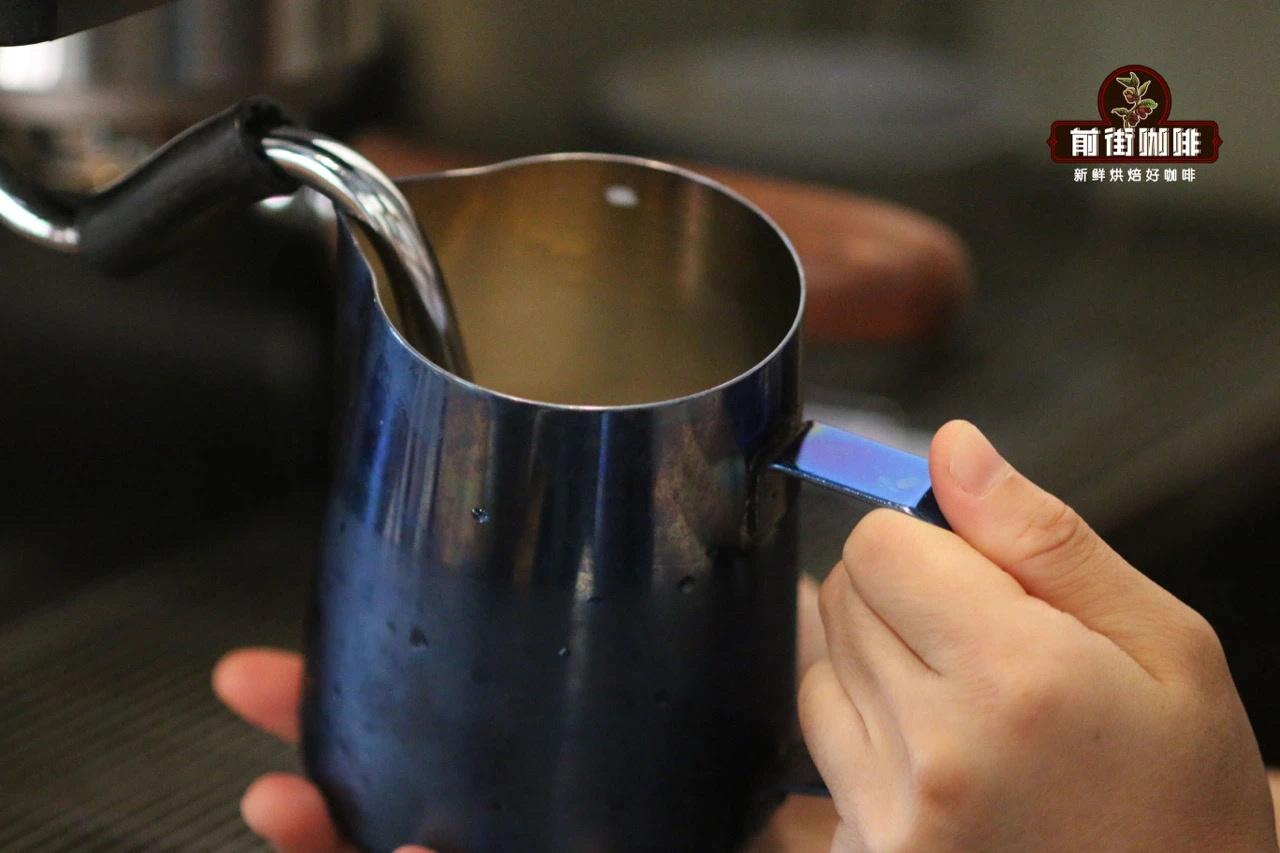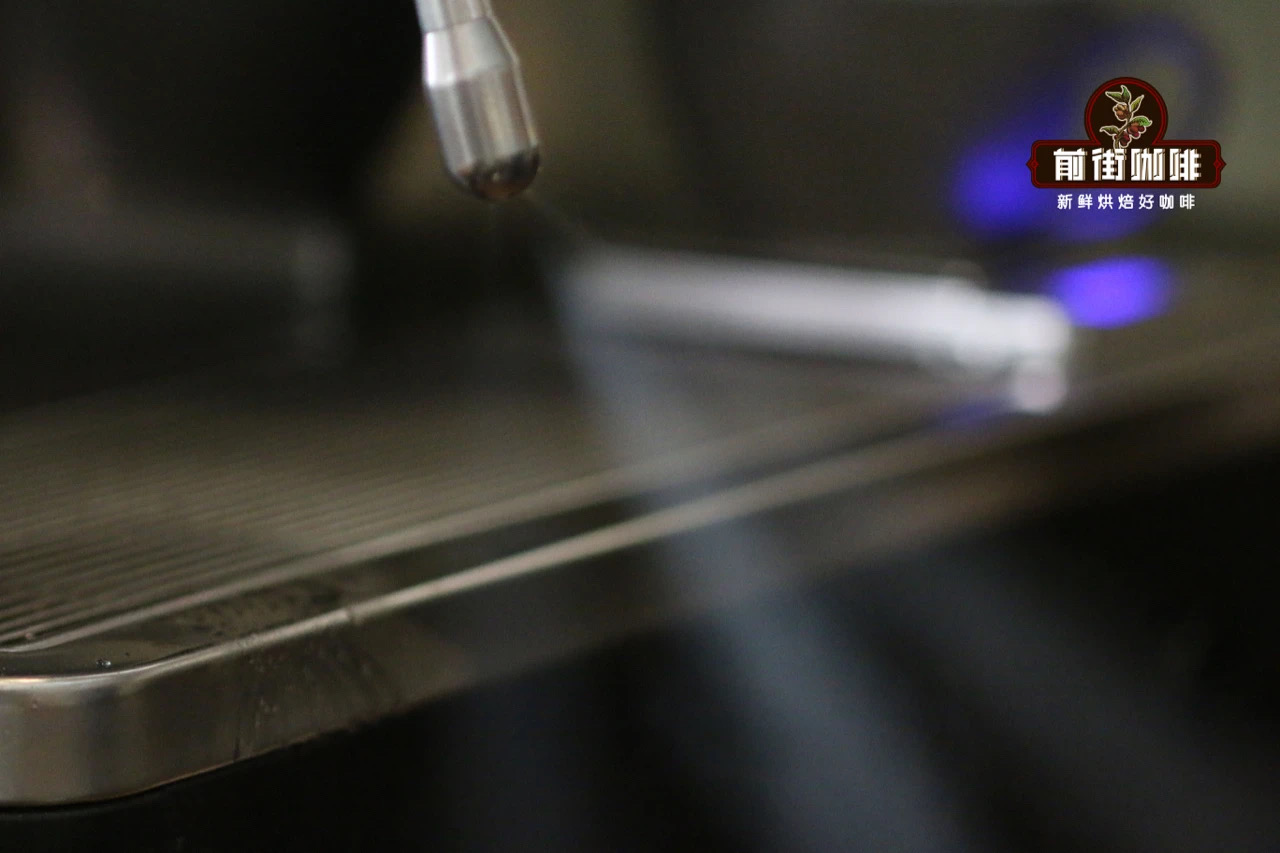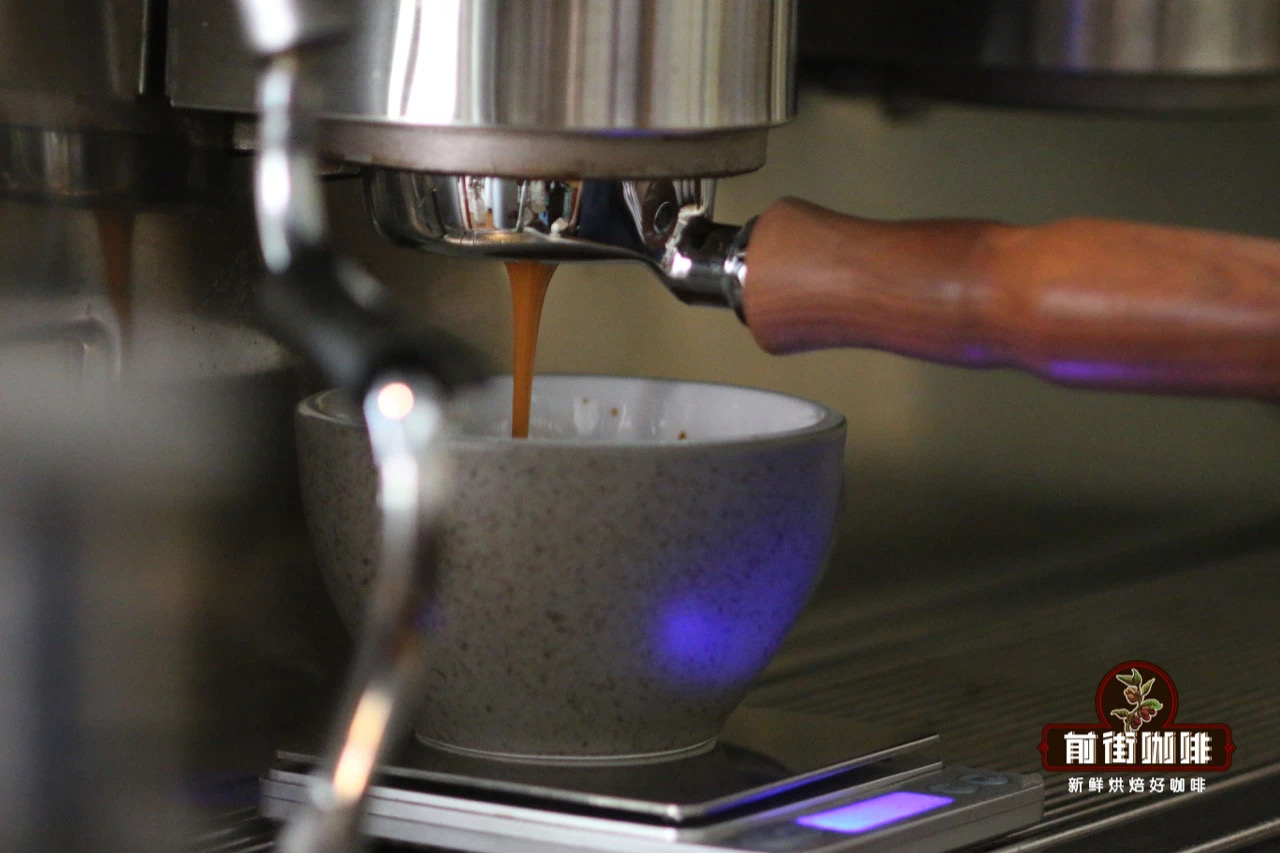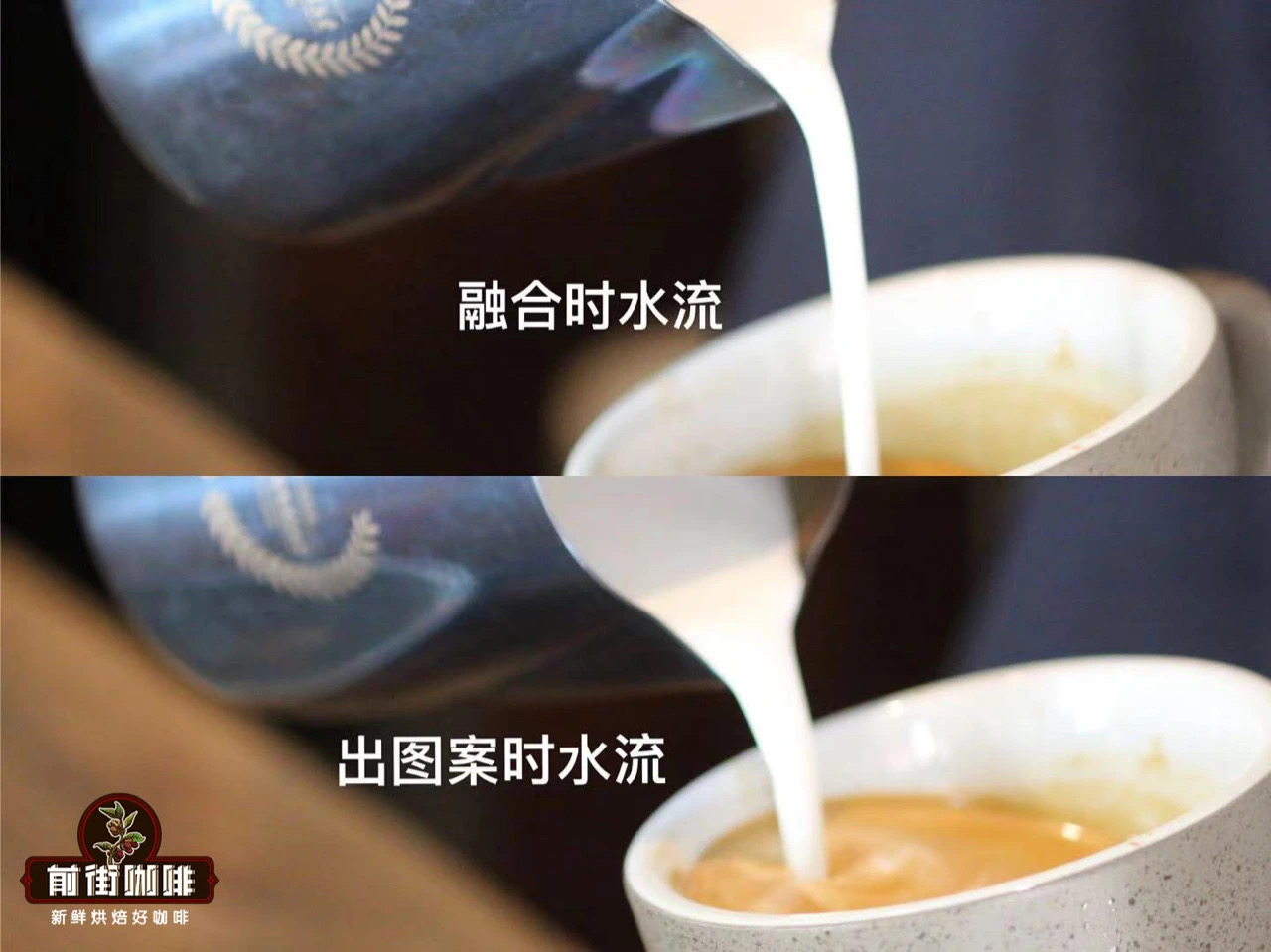Latte milk foam teaching skills of latte coffee milk foam smooth and long-lasting
(Oh, my God, today's show is great!) A minute or two later…the foam burst! There are "craters", and the flowers are not good... Why!

(The mental journey of the flower pulling partner)
Looking at the moon's surface like milk foam is really very uncomfortable, it's okay! This article on the front street will analyze the reasons for the disintegration phenomenon ~(quickly pick up the small notebook to remember the key points)
Composition of milk foam
The stability of milk foam is affected by the presence of casein colloidal particles in milk protein and whey protein casein colloidal particles, which makes the milk surface form tension. When steam hits the milk surface, a large number of bubbles of different sizes are formed, and then the position of the steam stick is adjusted to make the milk vortex "chop up" larger bubbles, thus obtaining fine milk foam like smooth surface.

(I am picture 2)
Causes of rapid foam collapse
- Milk to go-
1. Use refrigerated fresh milk: refrigerated fresh milk is rich in protein and cream, protein is the key to milk foam production, and cream is one of the main factors in stabilizing milk foam. This also explains why lattes made with skim milk break down faster.

2. Put steam before each milk foam: steam stick will have moisture condensed in the air outlet when it is stopped. If the moisture is not discharged before the milk foam is sent, the moisture will affect the difficulty of milk foam, and the natural decomposition speed of milk foam will become faster.

3. Milk temperature: general milk recommended temperature between 55-65℃, the highest does not exceed 70℃, too high temperature will lead to protein decomposition, milk foam stability will also decline, milk foam decomposition speed will also accelerate.

4. Excessive tapping of the milk tank after the milk foam is sent: After the milk foam is sent, there will be many small partners who have the habit of tapping the milk tank, the purpose is to shock the large bubbles on the surface. However, if you continue to tap the milk tank, it will speed up the dissipation of fine milk bubbles, and it will easily disintegrate after fusion with coffee. Therefore, it is not recommended to continue to shake the cylinder in front of the street. Generally, it can shake 2-3 times after the completion of the transmission. If there are still a lot of big bubbles after 2-3 vibrations, it is recommended to re-send the milk, because too many big bubbles pull flowers not only do not look good, after fusion, the surface of the milk bubble will quickly appear large "craters".
- Espresso-
1. Freshness of coffee beans: Too fresh coffee beans contain a lot of carbon dioxide. The extraction was carried out at 9Bar pressure and in a sealed condition, carbon dioxide and water were supersaturated. At the same time, the fat of the coffee is emulsified and then encapsulated with carbon dioxide and extracted with the coffee solution. After extraction, carbon dioxide in the oil will continue to return to the air. After fusion with milk, carbon dioxide emission speeds up the disintegration of milk foam.

2. Espresso extraction: extraction time is too short, espresso oil is too thin, milk and coffee fusion will appear when drifting; extraction time is too long, espresso oil is too thick, milk and coffee difficult to carry out uniform fusion. In both cases, milk and coffee blend unevenly, which is one of the reasons why milk bubbles are easy to disintegrate.
- Fusion-
As mentioned above, the degree of fusion of coffee and milk also affects the rate at which latte foam breaks down. Under normal circumstances, the higher the degree of fusion, the more stable the milk foam will be, and the decomposition speed will slow down. If the fusion is uneven and the coffee surface is rough, the milk foam will become unstable and decompose faster. The best blend of latte coffee is a uniform liquid color and a smooth surface. (See Figure 2 of this article)

(Milk and coffee blend unevenly)
To blend milk and coffee evenly, in addition to the fineness and thickness of the foam, the amount of water (nai) injected during fusion and the speed of the circle during fusion.

Generally, the flow of water (nai) will be a little thinner than the pattern stage, in order to allow the milk foam and coffee to fully blend without destroying the cleanliness and color of the oil. Too fast a loop injection will tend to hit large bubbles, too slow a loop injection will make it difficult for milk and coffee to fully fuse.

- Yeah! Useful knowledge points added-
Important Notice :
前街咖啡 FrontStreet Coffee has moved to new addredd:
FrontStreet Coffee Address: 315,Donghua East Road,GuangZhou
Tel:020 38364473
- Prev

What kind of tea do winter slices belong to? what are the different flavor characteristics between winter tea and tea in each season?
According to the season in Taiwan, it is divided into spring, summer, autumn and winter. It has always been thought that the tea at the beginning of the year should be spring tea, but in some places, there may be rare winter slices after winter tea. What is a winter film? Winter slices are not the same as winter tea. Winter slices, also known as winter slices, refer to the buds that sprout after winter tea is harvested. Generally speaking, after the winter tea is harvested, the climate will enter the cold winter, and the tea tree will stop growing straight.
- Next

What kind of black tea does black tea include? the efficacy and function of the five common black tea brands in Kenya
Did you know that about 50% of the tea in Britain comes from Kenya? This extraordinary country of East Africa has a lot of things for leisure drinkers and connoisseurs to enjoy, which is what we are exploring here. Next, you will learn about the facts, data, history and health benefits of Kenyan tea. Once you have this useful information, you can browse through a large number of our choices! Kent and Sue.
Related
- Beginners will see the "Coffee pull flower" guide!
- What is the difference between ice blog purified milk and ordinary milk coffee?
- Why is the Philippines the largest producer of crops in Liberia?
- For coffee extraction, should the fine powder be retained?
- How does extracted espresso fill pressed powder? How much strength does it take to press the powder?
- How to make jasmine cold extract coffee? Is the jasmine + latte good?
- Will this little toy really make the coffee taste better? How does Lily Drip affect coffee extraction?
- Will the action of slapping the filter cup also affect coffee extraction?
- What's the difference between powder-to-water ratio and powder-to-liquid ratio?
- What is the Ethiopian local species? What does it have to do with Heirloom native species?

